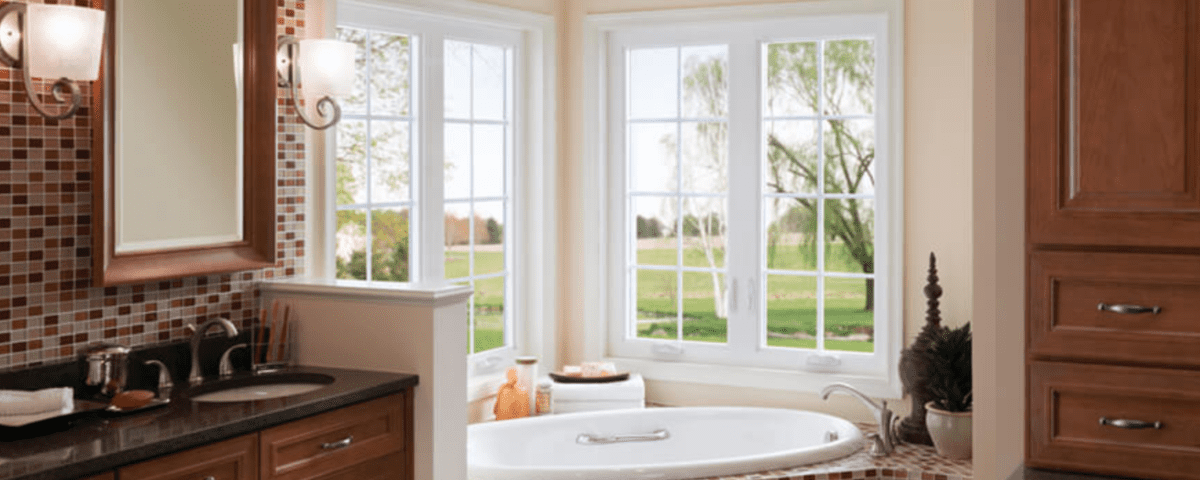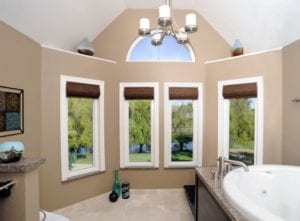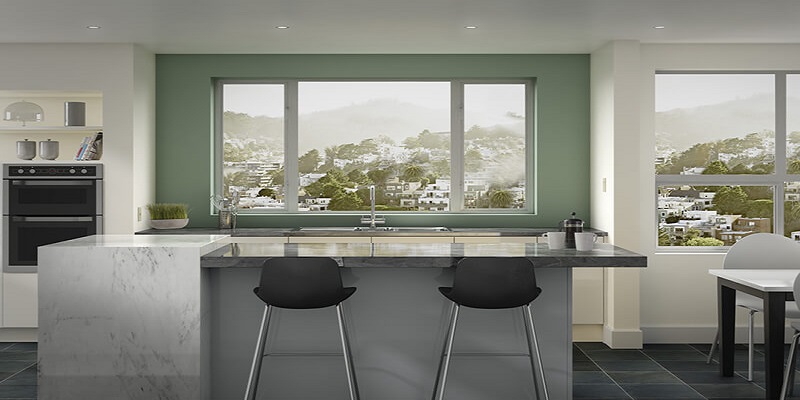- Contact Us Today
- (760) 598-6422
- Get a Quote
An Overview of Ratings on Replacement Windows

Purchasing new windows for the home is an important investment and homeowners cannot afford to choose the wrong products. Fortunately, window ratings provided by the National Fenestration Ratings Council (NFRC) are directly related to energy performance. They give homeowners an easy way to compare different products. But not all homeowners understand what the letters and numbers mean. Here is a brief overview of the ratings on replacement windows in Del Mar, CA.
Reading Energy Labels
New windows have a white label with five measurements. For energy efficiency, the most useful ratings are SHGC and U-factor. But the other ratings can tell homeowners a lot about other characteristics that are also useful when comparing similar styles. The five ratings include:
Solar Heat Gain Coefficient (SHGC)
As the name suggests, this measurement is for the solar heat gained through the window. Or rather, it shows how well a window resists it whether through direct transmission or absorption and subsequent release inside. The numbers for this rating go from 0 to 1. Lower numbers mean less heat gets through and the less you will spend on cooling.
U-Factor
The U-factor measures heat loss and is the same rating used to measure insulation. Basically, it shows how much heat can flow through a material from the inside to the outside. It is a measurement for the entire window assembly and expected values are between 0.25 and 1.25. Lower ratings mean better insulation and better efficiency.
Air Leakage (AL)
Air leakage is very similar to the U-factor, but instead of measuring heat loss, this rating is a measurement for air and heat that passes through the gaps of the window frame. This measurement is conveyed in cubic feet per minute. Energy efficient windows should be at 0.3 or less, and lower numbers mean less air leakage.
Visible Transmittance (VT)
This is the measurement for the amount of sunlight that passes through the window glazing or skylight. This rating isn’t necessarily linked to energy efficiency, but it is still useful. Higher ratings mean more light comes through which is great if homeowners want an abundance of natural light. Lower ratings mean less light gets through which also means less glare.

Condensation Resistance
Condensation forms on a window when the surface temperature drops below the dew point, condensing the moisture in warmer air. During the winter it can be common to see droplets forming on window glass unless the window has a high condensation resistance rating. Ratings range from 1 to 100, and higher numbers have better resistance. This is important in humid climates where condensation is a common problem.
It is simply not enough to look for claims of energy efficiency. Homeowners need to certify that they are getting energy efficient products by reading and understanding the NFRC labels, specifically the SHGC and the U-factor. It is the best way to compare products and make sure homeowners get new windows that will provide the best insulation against the local climate.
For more information about energy labels on replacement windows in Del Mar, CA contact Pelican Replacement Windows.

